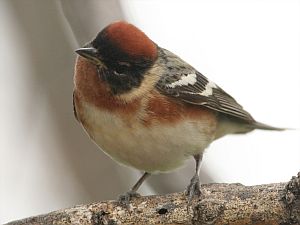 For a peregrine fanatic this is a hard time to be away from Pittsburgh – what with baby peregrines in two nests and lots to watch – but migration is in full swing and the warblers beckon. There are lots of birds flying north, birds who barely stop to eat on their way to Canada, and I don’t want to miss them.
For a peregrine fanatic this is a hard time to be away from Pittsburgh – what with baby peregrines in two nests and lots to watch – but migration is in full swing and the warblers beckon. There are lots of birds flying north, birds who barely stop to eat on their way to Canada, and I don’t want to miss them.
That explains why I’m at a Magee Marsh in Ottawa County, Ohio with Chuck and Joan Tague right now and we are looking at beautiful warblers. For many Pittsburgh birders a May pilgrimage to northwestern Ohio has become a tradition.
Last year when we made this trip we also took the ferry to Point Pelee, Canada, a sand spit that points south into Lake Erie. It was foggy the whole way and we were barely able to see the islands as we made the crossing. At the tip of the peninsula in Canada we found warblers galore. They too had made the foggy crossing and were desperate to eat before flying onward to their homes further north.
This bay-breasted warbler was so busy eating that he didn’t care that we watched him. He had completed most of his journey from Venezuela to Canada’s boreal forest and he was hungry. He walked the branches at eye level and cocked his head while Chuck Tague took his picture. Then he followed as we continued our walk. It was almost as if we’d made friends with him.
Not really. But the warblers do come this close during migration along Lake Erie’s shore. That’s why I’m here.
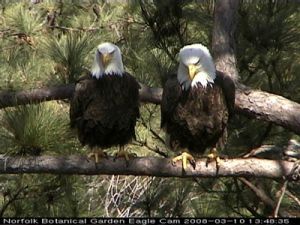
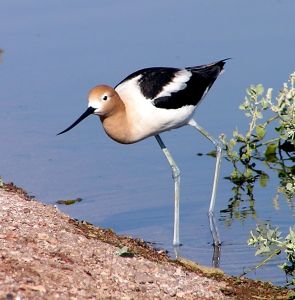 This weekend I’m going to see this bird, an
This weekend I’m going to see this bird, an 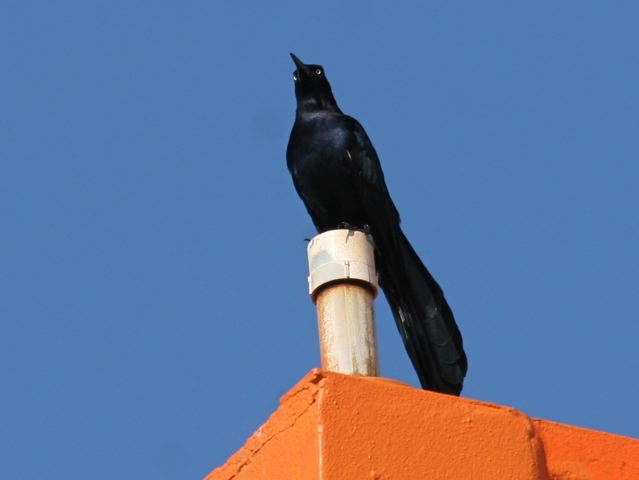

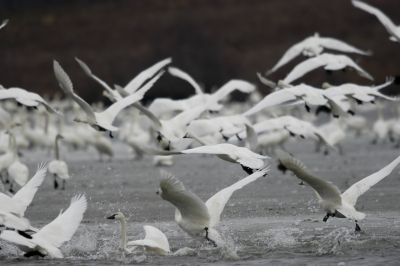
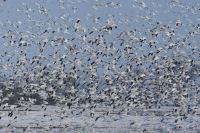 Sometimes the snow geese settle on the lake again. Sometimes they fly away in loose Vs that become wavy lines in the distance. Either way it’s as if the sky is moving. The snow geese are a total sensory experience.
Sometimes the snow geese settle on the lake again. Sometimes they fly away in loose Vs that become wavy lines in the distance. Either way it’s as if the sky is moving. The snow geese are a total sensory experience.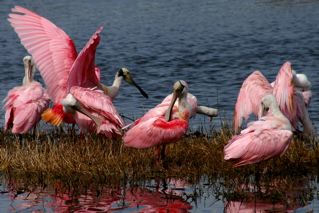 No birding trip to Central Florida is complete without a visit to Merritt Island, home of NASA’s Kennedy Space Center and thousands upon thousands of birds.
No birding trip to Central Florida is complete without a visit to Merritt Island, home of NASA’s Kennedy Space Center and thousands upon thousands of birds. 
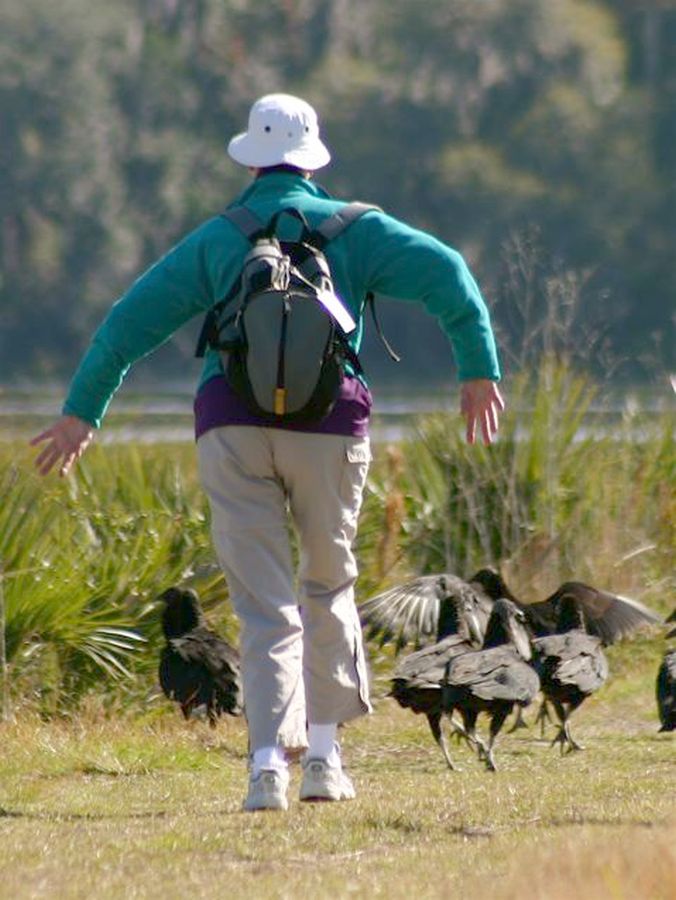
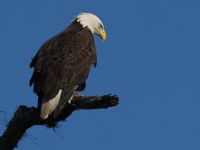 We saw more than a dozen bald eagles but it was hard to count in the misty air. Some perched on the power towers, some circled above the electric lines. There were more immature eagles than adults. The immatures are mottled brown like a huge hawk without the white head and tail until their fourth or fifth year. Chuck Tague’s picture shows an adult eagle in Florida (that’s why the sky is blue!).
We saw more than a dozen bald eagles but it was hard to count in the misty air. Some perched on the power towers, some circled above the electric lines. There were more immature eagles than adults. The immatures are mottled brown like a huge hawk without the white head and tail until their fourth or fifth year. Chuck Tague’s picture shows an adult eagle in Florida (that’s why the sky is blue!).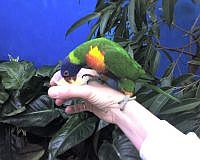
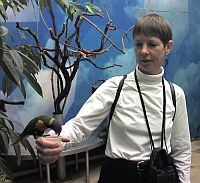 This morning I visited the
This morning I visited the